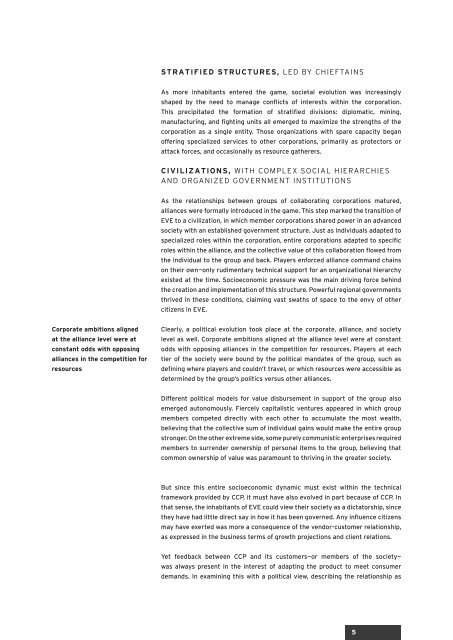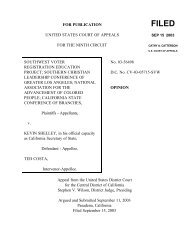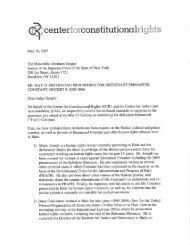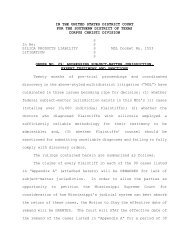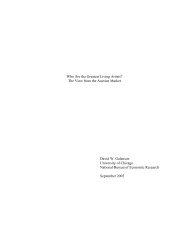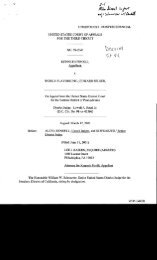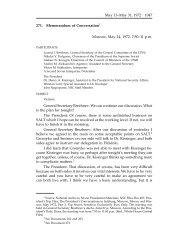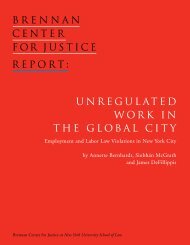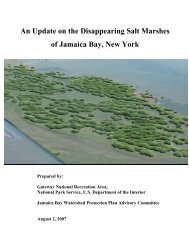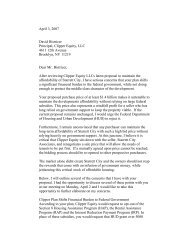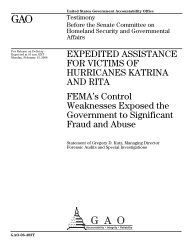The Council of Stellar Management
The Council of Stellar Management
The Council of Stellar Management
You also want an ePaper? Increase the reach of your titles
YUMPU automatically turns print PDFs into web optimized ePapers that Google loves.
Corporate ambitions aligned<br />
at the alliance level were at<br />
constant odds with opposing<br />
alliances in the competition for<br />
resources<br />
STraTifieD STruCTureS, led By ChIeftaIns<br />
as more inhabitants entered the game, societal evolution was increasingly<br />
shaped by the need to manage conflicts <strong>of</strong> interests within the corporation.<br />
This precipitated the formation <strong>of</strong> stratified divisions: diplomatic, mining,<br />
manufacturing, and fighting units all emerged to maximize the strengths <strong>of</strong> the<br />
corporation as a single entity. Those organizations with spare capacity began<br />
<strong>of</strong>fering specialized services to other corporations, primarily as protectors or<br />
attack forces, and occasionally as resource gatherers.<br />
CivilizaTionS, wIth ComPlex soCIal hIerarChIes<br />
and organIzed government InstItutIons<br />
as the relationships between groups <strong>of</strong> collaborating corporations matured,<br />
alliances were formally introduced in the game. This step marked the transition <strong>of</strong><br />
eve to a civilization, in which member corporations shared power in an advanced<br />
society with an established government structure. Just as individuals adapted to<br />
specialized roles within the corporation, entire corporations adapted to specific<br />
roles within the alliance, and the collective value <strong>of</strong> this collaboration flowed from<br />
the individual to the group and back. players enforced alliance command chains<br />
on their own—only rudimentary technical support for an organizational hierarchy<br />
existed at the time. socioeconomic pressure was the main driving force behind<br />
the creation and implementation <strong>of</strong> this structure. powerful regional governments<br />
thrived in these conditions, claiming vast swaths <strong>of</strong> space to the envy <strong>of</strong> other<br />
citizens in eve.<br />
clearly, a political evolution took place at the corporate, alliance, and society<br />
level as well. corporate ambitions aligned at the alliance level were at constant<br />
odds with opposing alliances in the competition for resources. players at each<br />
tier <strong>of</strong> the society were bound by the political mandates <strong>of</strong> the group, such as<br />
defining where players and couldn’t travel, or which resources were accessible as<br />
determined by the group’s politics versus other alliances.<br />
different political models for value disbursement in support <strong>of</strong> the group also<br />
emerged autonomously. fiercely capitalistic ventures appeared in which group<br />
members competed directly with each other to accumulate the most wealth,<br />
believing that the collective sum <strong>of</strong> individual gains would make the entire group<br />
stronger. on the other extreme side, some purely communistic enterprises required<br />
members to surrender ownership <strong>of</strong> personal items to the group, believing that<br />
common ownership <strong>of</strong> value was paramount to thriving in the greater society.<br />
but since this entire socioeconomic dynamic must exist within the technical<br />
framework provided by ccp, it must have also evolved in part because <strong>of</strong> ccp. in<br />
that sense, the inhabitants <strong>of</strong> eve could view their society as a dictatorship, since<br />
they have had little direct say in how it has been governed. any influence citizens<br />
may have exerted was more a consequence <strong>of</strong> the vendor-customer relationship,<br />
as expressed in the business terms <strong>of</strong> growth projections and client relations.<br />
yet feedback between ccp and its customers—or members <strong>of</strong> the society—<br />
was always present in the interest <strong>of</strong> adapting the product to meet consumer<br />
demands. in examining this with a political view, describing the relationship as<br />
5


